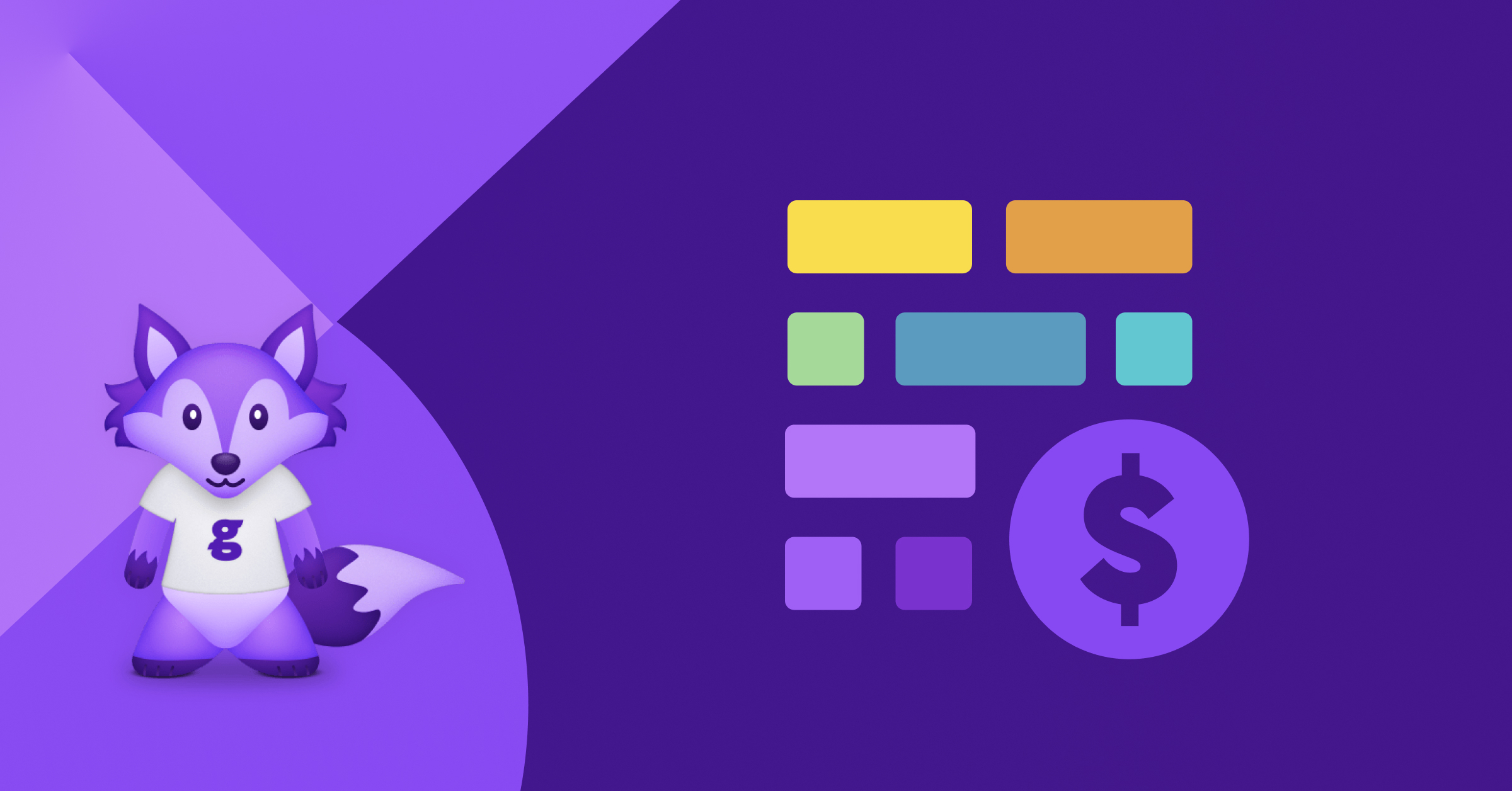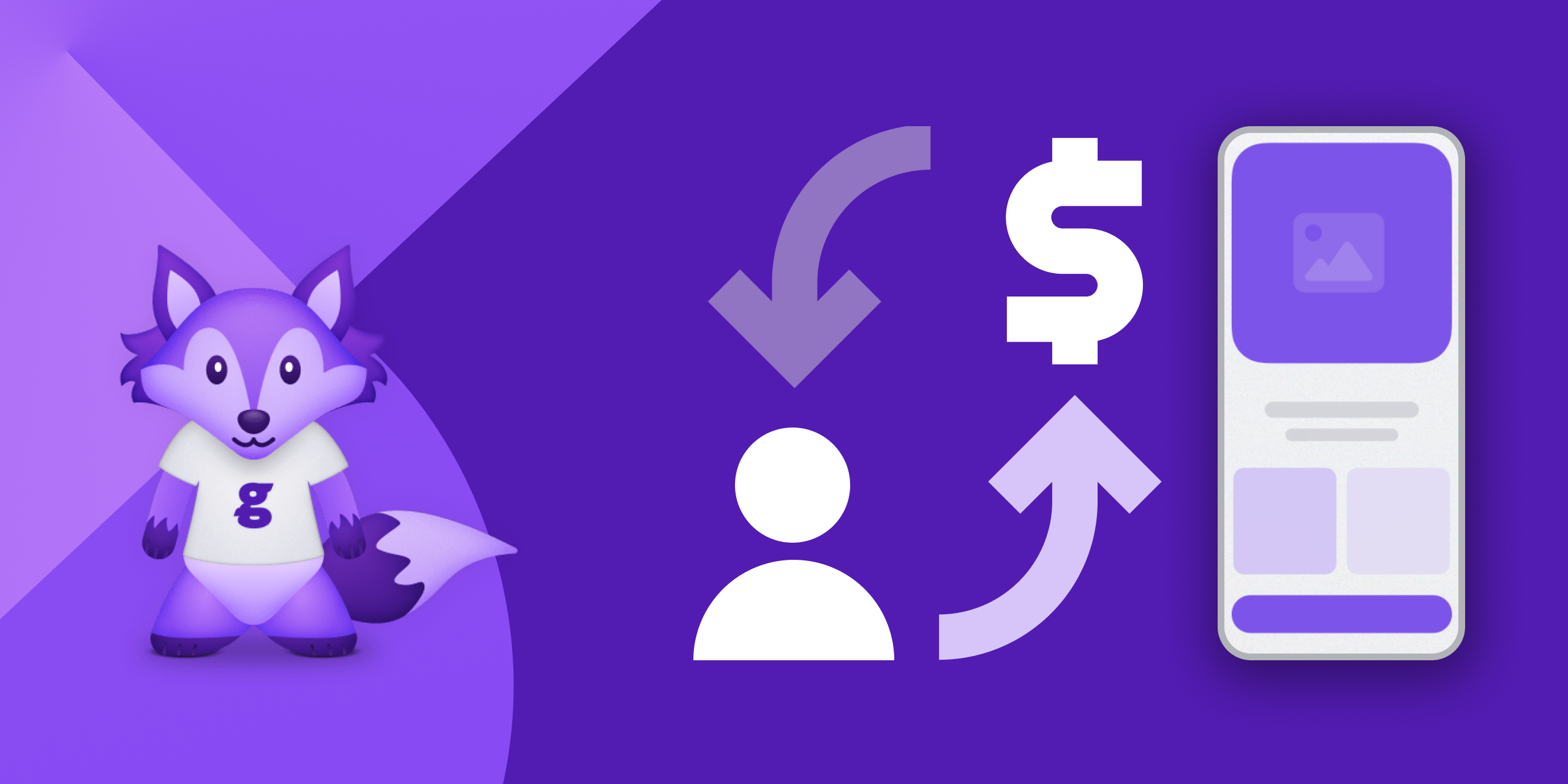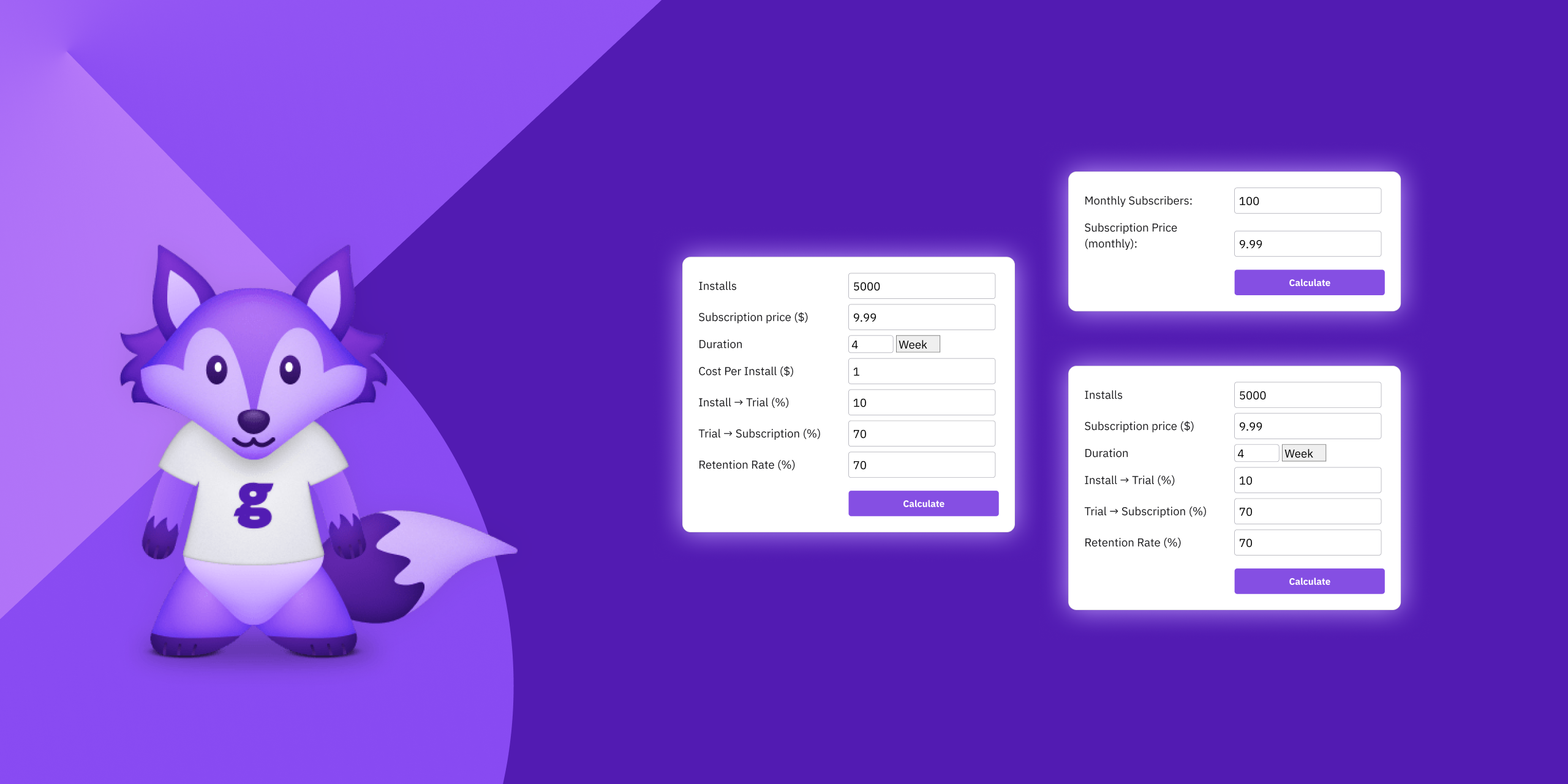Content
The State of Health & Fitness Mobile Apps [2023]

Why are health and fitness apps so popular?
Progress tracking
There are a number of reasons why health and fitness apps are so popular. First, people are increasingly interested in tracking their fitness progress and managing their health. Health and fitness apps make it easy to track things like steps taken, calories burned, and workouts completed. They can also provide insights into sleep quality, nutrition, and other important health metrics.
User-friendliness
Second, health and fitness apps are becoming increasingly sophisticated and user-friendly. Many apps now offer personalized workout plans, tailored recommendations, and integration with wearable devices. This makes it easier than ever for people to stay on track with their fitness goals.
Covid acceleration
Third, and final - covid. Covid came and sent us all home packing. Well, some of us decided to use that for a long gym holiday and others took the opportunity to download DOZENS of fitness apps to keep their health up. That trend has stuck around, even after going back to the gym. Some gyms and trainers actually have both models, in-person training and their own subscription service app they have whitelabel from a major provider - although - it isn’t necessary to white label this app but makes it easier for fitness founders who aren’t technical.
What are the different types of health and fitness apps?
There are a wide variety of health and fitness apps available, covering everything from fitness tracking to diet planning to meditation. Some of the most popular types of health and fitness apps include:
Workout apps
These apps provide users with workout plans and instructions for a variety of exercises. Some workout apps also offer video tutorials and personalized feedback.
Postpartum exercise app for new mothers
(source: Fit With Pia)
Fitness tracker apps
These apps track users’ fitness progress, such as steps taken, calories burned, and distance traveled. Many fitness tracker apps also integrate with wearable devices, such as smartwatches and fitness trackers.
Strava tracks your running, cycling and hiking activities
(source: Strava)
Diet and nutrition apps
These apps help users track their food intake, count calories, and make healthier food choices. Some diet and nutrition apps also offer meal plans and recipes.
Easily track your food intake with Myfitnesspal
(source: Myfitnesspal)
Meditation and sleep apps
These apps help users relax and de-stress, and improve their sleep quality. Some meditation and sleep apps offer guided meditations, sleep tracking, and other features.
(source: Headspace)
How do health and fitness apps make money?
Health and fitness apps generate revenue through a variety of channels, including:
Subscription fees
Many health and fitness apps offer subscription plans that give users access to premium features, such as personalized workout plans, tailored recommendations, and ad-free experiences.
In-app purchases
Some health and fitness apps offer in-app purchases, such as new workout programs, meal plans, and recipes.
Advertising
Some health and fitness apps generate revenue from advertising. However, it is important to note that many users are willing to pay for ad-free experiences.
What are the trends in the health and fitness app space?
Some of the key trends in the health and fitness app space include:
Wearable integration
More and more health and fitness apps are integrating with wearable devices, such as smartwatches and fitness trackers. This allows users to track their fitness progress more easily and accurately.
(source: Whoop)
Holistic health
Health and fitness apps are increasingly focusing on holistic health, which includes not only physical fitness but also mental health, nutrition, and sleep.
Garmin provides sleep tracking features
(source: Garmin)
Personalized experiences
Health and fitness apps are becoming more personalized, with features such as adaptive workout plans and tailored recommendations.
Whoop Coach offers personalized recommendations
(source: Whoop)
ARPI Data with Number of Apps
The following table shows the average revenue per install (ARPI) for the top 10 app categories in 2022, along with the number of apps in each category:

You may also like: How Many Apps Are Subscription-Based?
Case Study: MyFitnessPal
MyFitnessPal is one of the most popular and successful health and fitness apps in the world. It has over 200 million users and has been downloaded over 500 million times. MyFitnessPal is a comprehensive app that helps users track their food intake, exercise, and weight loss progress. It also offers a variety of features to help users stay motivated and on track, such as personalized calorie goals, meal plans, and recipes.
MyFitnessPal’s success can be attributed to a number of factors. First, the app is very comprehensive and offers a wide range of features. Second, the app is user-friendly and easy to navigate and you cannot let this go overlooked - keeping your paywall and premium feature gates straightforward and easy to understand and make a decision on is key. Third, the app is backed by a strong community of users who support and motivate each other - don’t forget to consider this strategy in your next sprint, perhaps it’s time to let users interact with each other, share, compete, etc. This will create the network effect you’re looking for.
(source: Excellentwebworld)
Conclusion
As you can see, the health and fitness app category has the highest ARPI of any category ($2.50 ARPI). This is likely due to the fact that health and fitness apps are seen as being essential for many people’s well-being. Additionally, the health and fitness app category has a relatively small number of apps compared to other categories, such as gaming and entertainment. This means that there is less competition among health and fitness apps. If you are thinking about developing a health and fitness app, now is a good time. Speed up the process of integrating in-app subscriptions with Glassfy.
Read More




